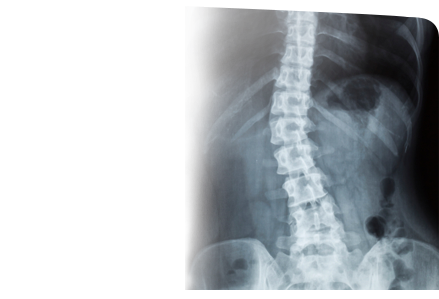Thoracic laminectomy, also known as an open decompression is a surgical procedure in which the portion of the bone or lamina causing pressure on the nerves is removed.
It is indicated in conditions such as spinal stenosis, disc herniation that cause narrowing of the spinal canal and nerve compression.
A surgical incision is made in the back following which a part of bone and thickened tissue causing pressure on the spinal nerves is removed. This gives more room for the nerves, thus relieving pain and pressure on the nerves. This procedure is likely to make the spine unstable and therefore another procedure, spinal fusion, is performed to stabilize the spine. This technique is usually performed in patients with degenerative changes in the spine that occurs with aging process and enlargement of the facet joints.
Thoracic spine fusion is a surgical procedure in which two or more bones (vertebrae) of the thoracic spine are joined together so as to eliminate the movement between them. This is done by placing bone grafts or bone graft substitutes in between the affected vertebrae to stimulate bone healing. This promotes bone growth and eventually fuses the vertebrae into a single solid bone, permanently. Instrumentation such as plates, screws and rods are also used to hold the vertebrae together while the bone graft heals and fuses them together.
Possible complications after thoracic laminectomy surgery may include:
- Infection in the wound
- Damage to the spinal nerves
- Loss of sensation
- Problems with bowel or bladder control





















